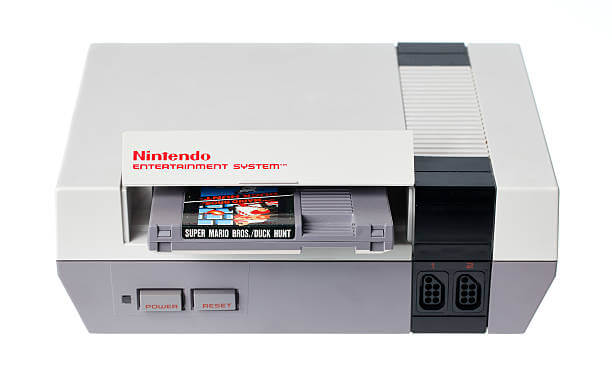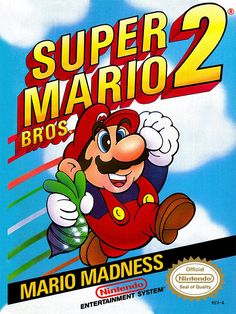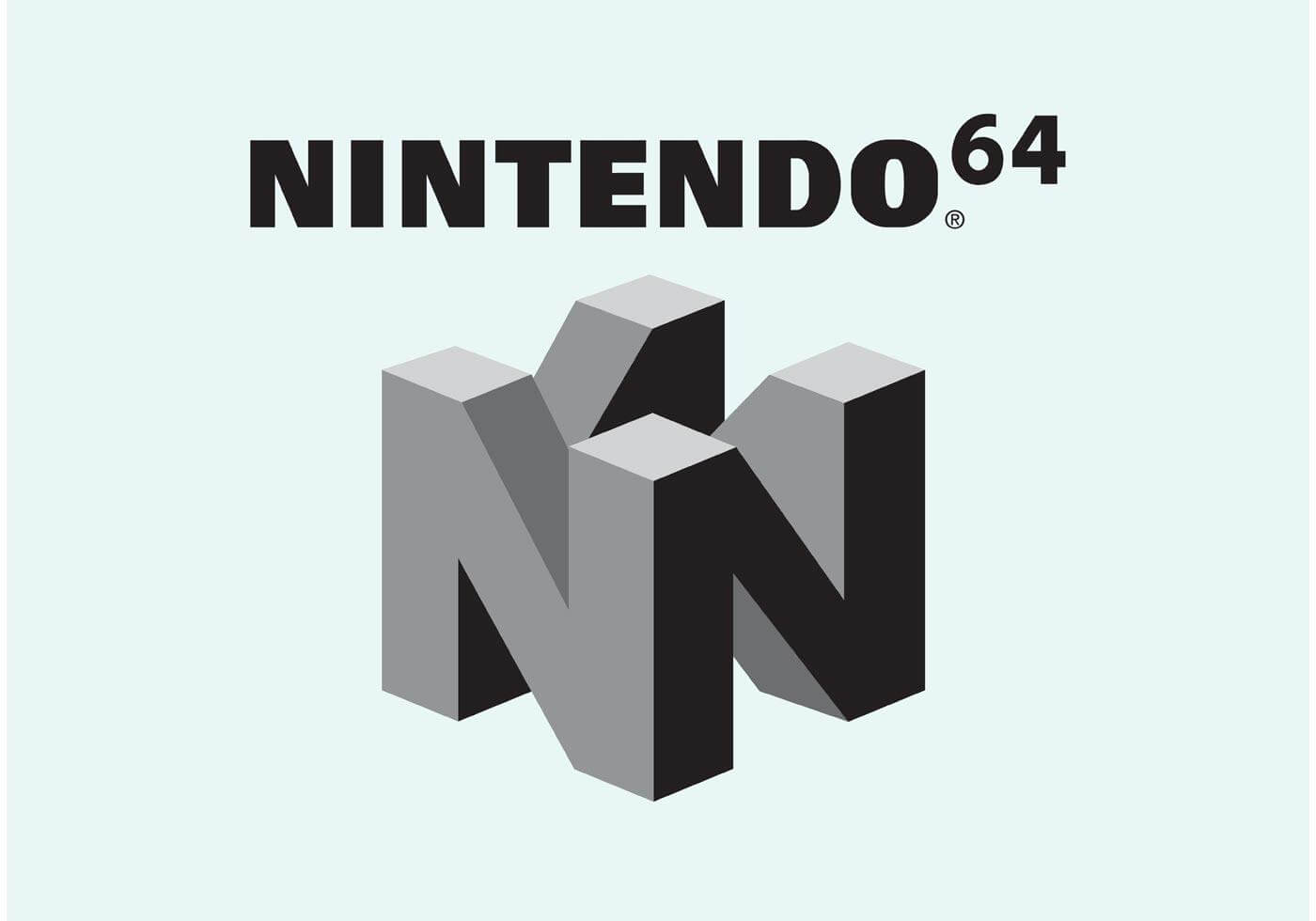Main Super Mario Titles

- Super Mario Bros.- Released september 13, 1985- for NES
- Super Mario Bros.The Lost Levels- Released june 3, 1986- for Disk System
- Super Mario Bros.2- Released October 9, 1988- for NES
- Super Mario Bros.3- Released October 23, 1988- for NES
- Super Mario Land- April 21, 1989- for Game Boy
- Super Mario World-November 21, 1990- for SNES
- Super Mario Land 2: 6 Golden Coins October 21, 1992- for Game Boy

- Super Mario 64- June 23, 1996-for Nintendo 64
- Super Mario Sunshine- July 19, 2002- for GameCube
- New Super Mario Bros.- May 15, 2006- for Nintendo DS
- Super Mario Galaxy- November 1, 2007- for Wii
- New Super Mario Bros. Wii- November 12, 2009- for Wii
- Super Mario Galaxy 2- May 23, 2010- for Wii
- Super Mario 3D Land- November 3, 2011

- New Super Mario Bros. 2- July 28, 2012- for Nintendo 3DS
- New Super Mario Bros. U - November 18, 2012- for Wii U
- Super Mario 3D World- November 21, 2013- for Wii U
- Super Mario Maker- September 10, 2015- for Wii U
- Super Mario Run- December 15, 2016- for iOS
- Super Mario Odyssey- October 27, 2017- for Nintendo Switch
- Super Mario Maker 2- June 28, 2019- for Nintendo Switch
THE SUPER MARIO GAMES
Super Mario was created by Nintendo as a game based on and staring the fictional character, Mario. It is known as the Super Mario Bros series or simply the Mario series. These are the central series of the greater Mario franchise. For every major Nintendo console, at least one Super Mario game has been released.
In the series there are twenty-one similar games and one cross-series game which is super Mario world 2: Yoshi’s Island Break. The typical Super Mario games are set in the fictional Mushroom Kingdom with Mario being the player character. He is often joined by his brother Luigi, and other members of the Mario cast. Being a platform game, the player runs and jumps across platforms in themed levels, with simple plots, most ending with Mario rescuing the kidnapped Princess Peach from the primary antagonist Bowser.
Super Mario Bros was the first game in the series and established the series’ core gameplay and elements. It was released for the Nintendo Entertainment System (NES) in 1985.
The Mario series is made up of 2D origins, Super Mario Land games and Super Mario World games including 3D and open worlds.
SUPER MARIO LAND GAMES
The first Super Mario Land is the first handheld Super Mario game and was released for the Game Boy. It is side scrolling platformer in which Mario sets out to save Princess Daisy.
Super Mario Land 2: 6 Golden Coins has the introduction of Mario’s rival Wario, who in the first land game took over Mario’s castle. In this game Mario must collect six golden coins in order to reclaim his castle.
This story was then continued in Wario Land: Super Mario Land 3. This became the first spin-off series Wario Land.
SUPER MARIO WORLD GAMES
Super Mario World released for the Super Nintendo Entertainment System and is the best-selling game of the system. This consists of nine worlds displayed via a world map overworld.
It sold more than twenty million copies worldwide, making it the best-selling SNES game. It also led to an animated television series of the same name and a prequel, Yoshi's Island, released in August and October 1995.
3D AND OPEN WORLD GAMES
The first 3D and open world entry was Super Mario 64, this was for the Nintendo 64 in the early 1990s. Each level is an enclosed environment where the player collects power stars from the paintings in Peaches castle to unlock later courses and areas. With the Nintendo 64’s analogue sticks making it possible to move precisely in any direction.
Super Mario Sunshine was the second 3D game, it was released in 2002 for the Game Cube. In this game Mario and Peach travel to the isle of Delfino for a vacation when a Mario copycat, going by the name of Shadow Mario vandalises the whole island. Mario must clean the island with the water quirting game accessory called the F.L.U.D.D.
There are many other games after this, these include 2D revival games, Super Mario Run, Super Mario
Galaxy and the list goes for games remastered and released, each time a new console is released.